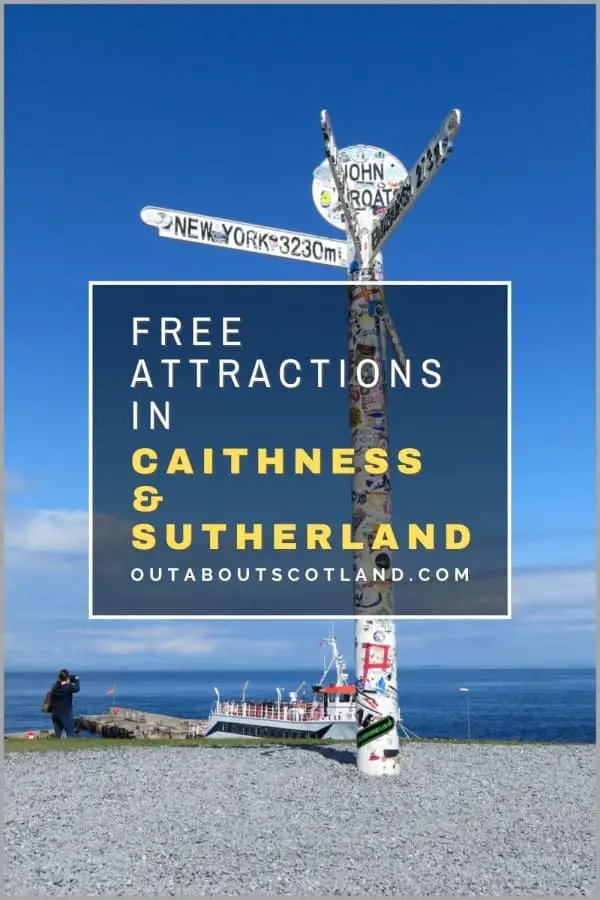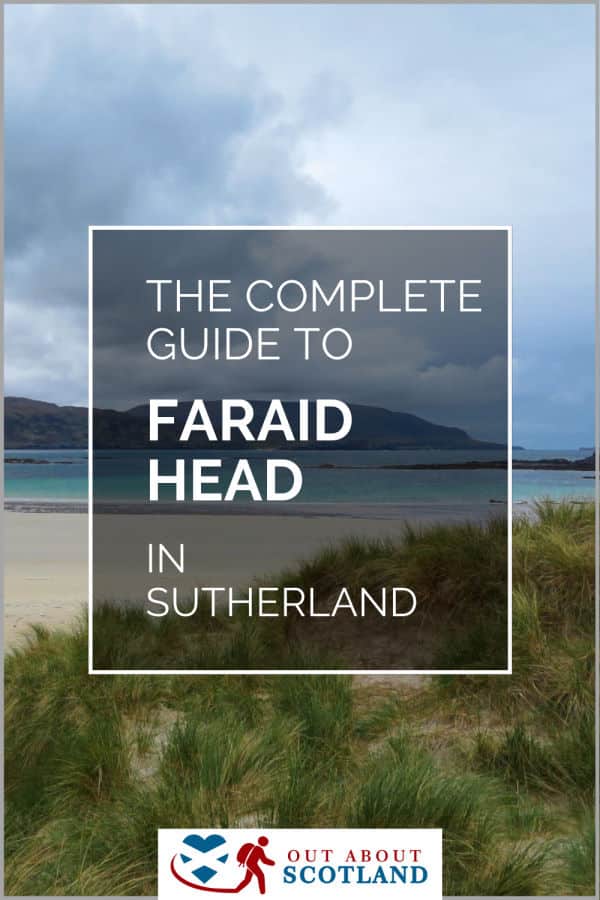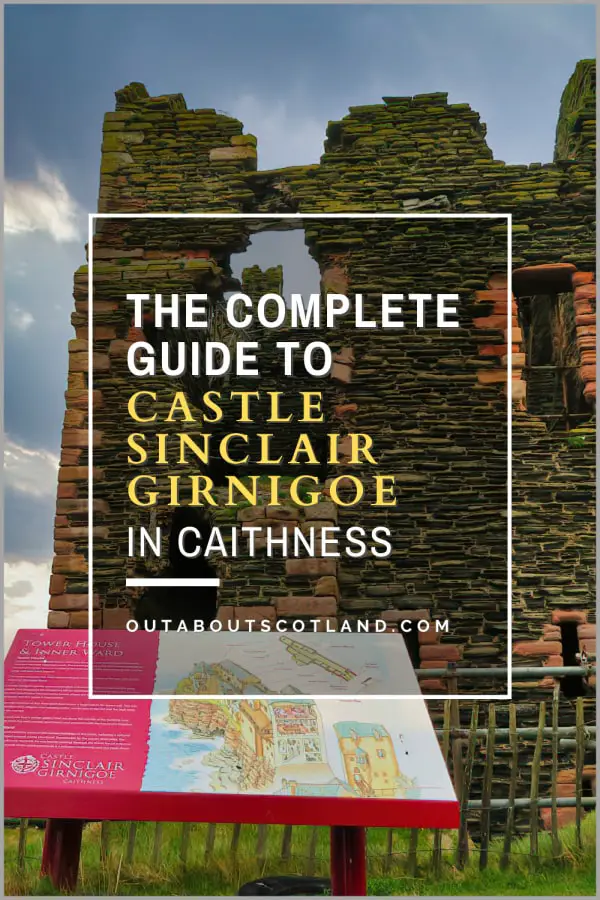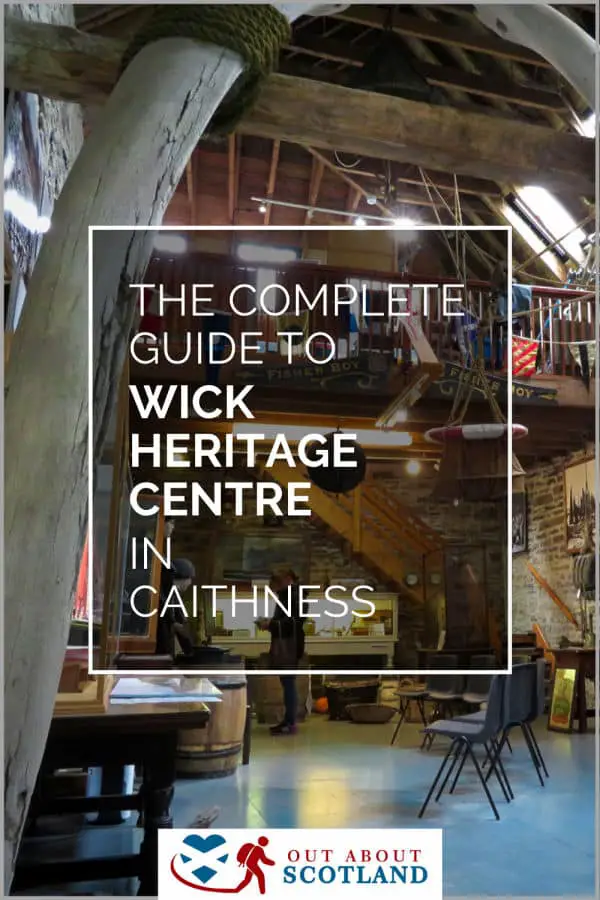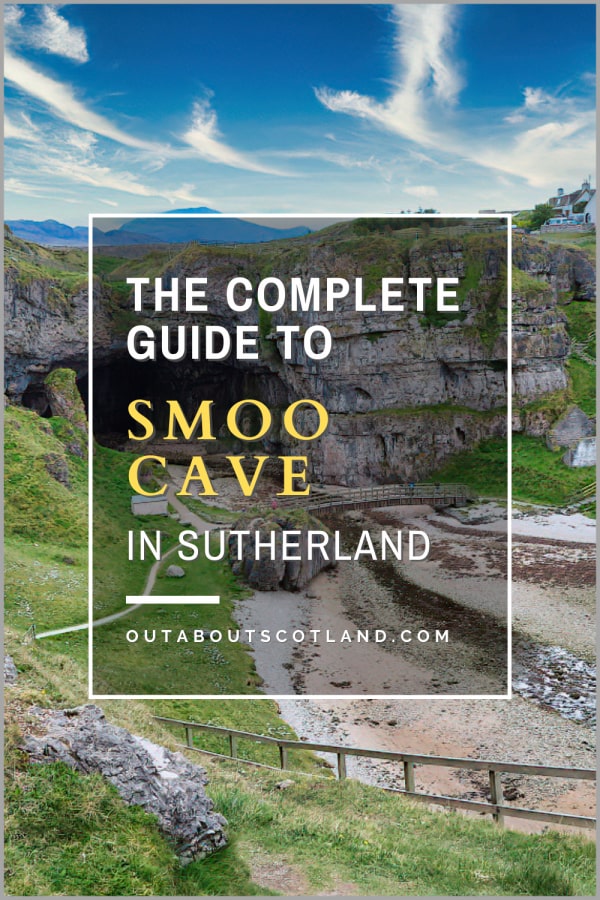John O’Groats is a tourist destination on the northernmost tip of Scotland that has soared in popularity since becoming a major stop on the NC500 tourist route. The family-friendly site includes an art gallery, gift shops, and restaurants, but it’s the signpost that’s the real attraction, as taking a selfie in front of it is a must-do for all visitors to this remarkable part of Caithness.
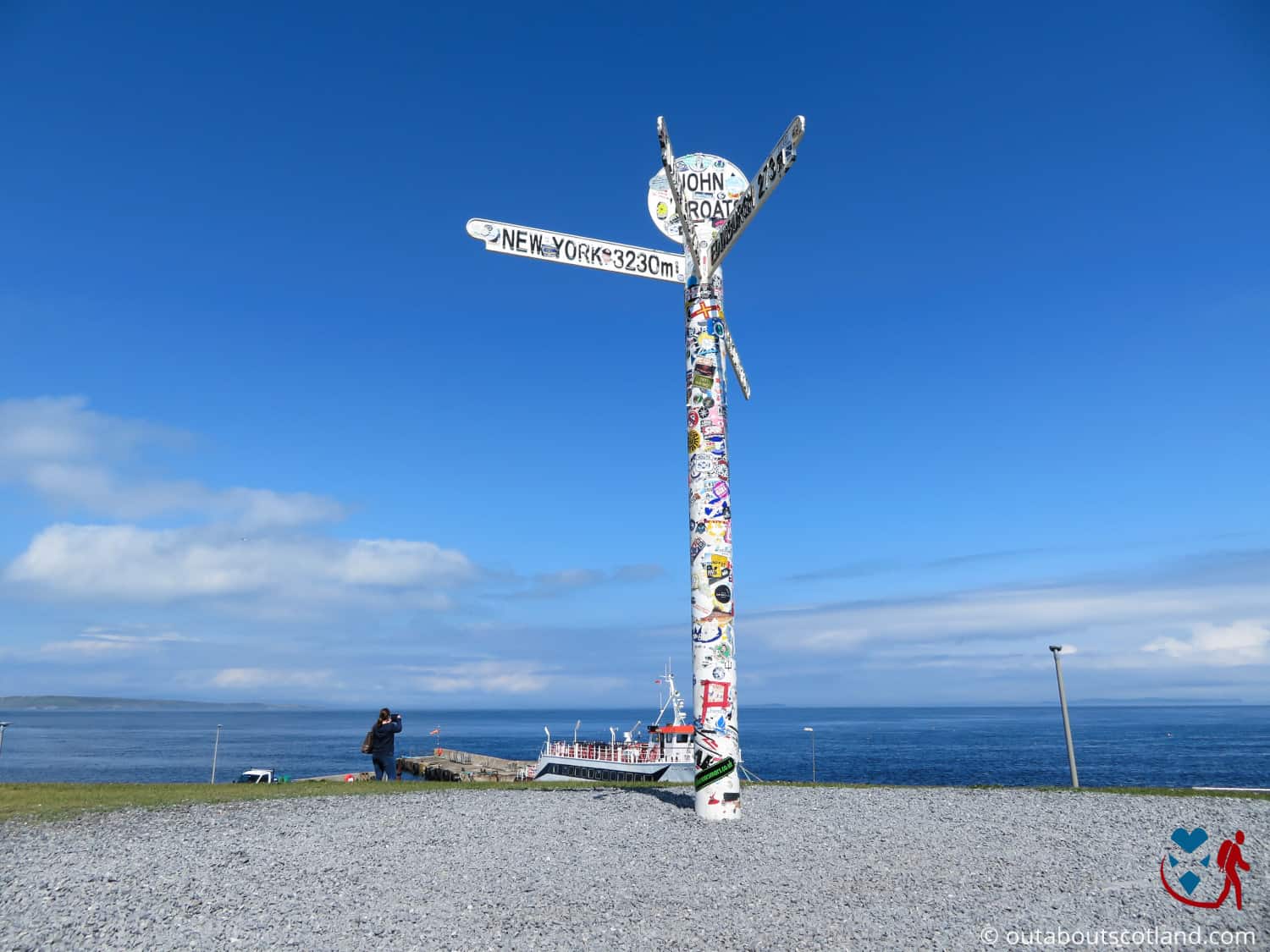
| Address: | John O'Groats, Wick, Scotland, KW1 4YT |
| Opening Hours: | 24/7. Shop opening times vary. |
| Admission Price: | Free |
| Parking: | Free on-site car park |
| Contact: | https://www.visitjohnogroats.com/contact-us/ |
| Facilities: | Shops, cafe, restaurant, toilets, accommodation, sea tours |
| Photos: | Virtual Tour YouTube Video |
Overview
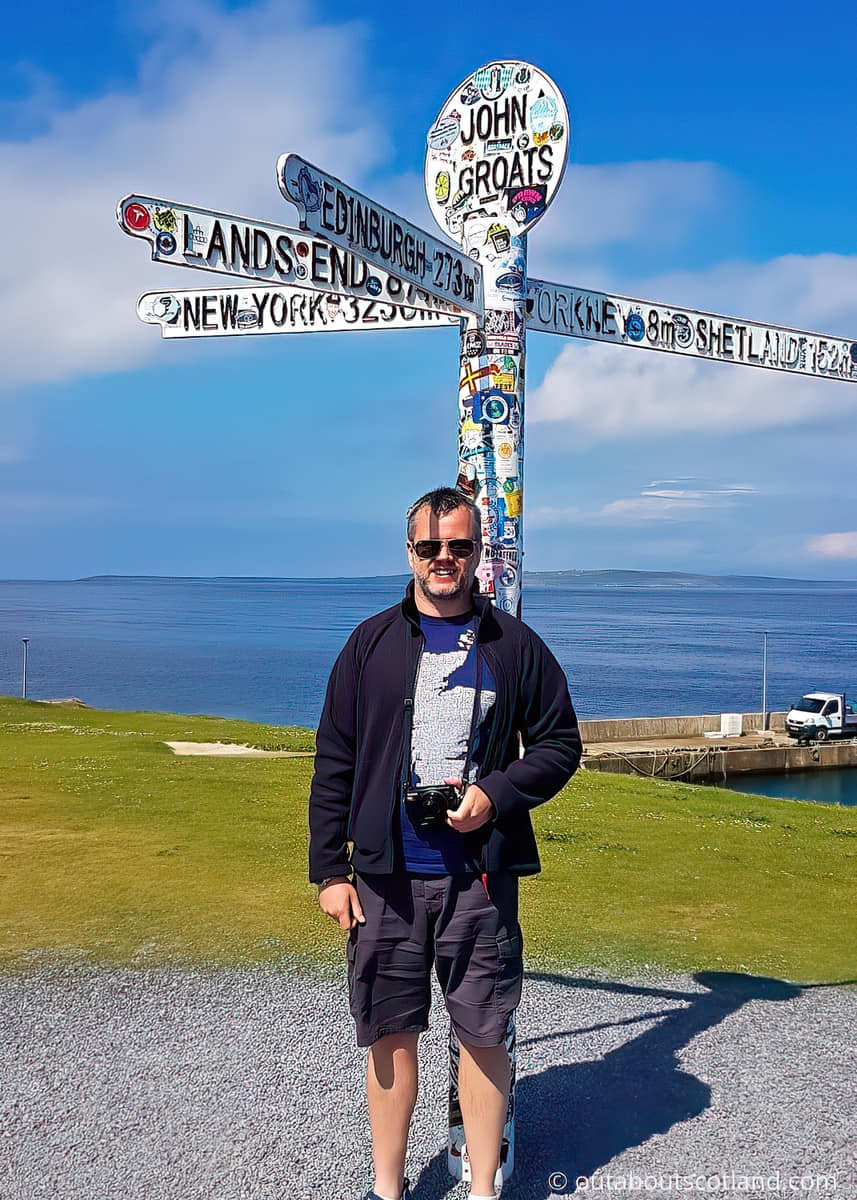
John O’Groats is a scenic village in Scotland, renowned for being the northeastern tip of Britain’s mainland. Famous for its iconic signpost, it’s often the end point for those travelling from Land’s End in the far south of England. The area’s fascinating wildlife, breathtaking coastal views, and opportunities for ferry trips to the Orkney Islands make it a must-visit destination.
I think it’s fair to say that most people have heard of John O’Groats, the northernmost point of the UK mainland, with its iconic signpost overlooking the harbour, which, like its twin at Lands End in Cornwall, offers more photo opportunities than you can poke a selfie stick at.
This is a tourist attraction that’s been a favourite destination for road-trippers for many years, but it exploded in popularity in 2015 when the North Coast 500 route was launched. Since then, it has been heavily advertised as one of the main stops on the NC500, and each year, tens of thousands of hikers, cyclists, bikers, and drivers go there to soak up the scenery.
It’s not a bad view, to be honest, with the isles of Orkney and Stroma presenting an attractive backdrop against the signpost that points towards Edinburgh (273 miles), Orkney (8 miles), Lands End (847 miles), and New York (a mere 3,230 miles). But is it worth visiting just to get a photo of a sticker-covered signpost? Well, I’d have to say yes, it is, but don’t go expecting to spend an entire day at the visitor centre. Instead, I suggest you spend time exploring the Caithness coastline, which is one of the nicest areas in Scotland.
John O’Groats is an attraction that’s been created around a single feature – being the northernmost point of Britain – but if you delve a little deeper you’ll find lots of wildlife to watch as well as several excellent coastal walks that are far more interesting than the overpriced coffees and plastic souvenirs at the visitor centre.
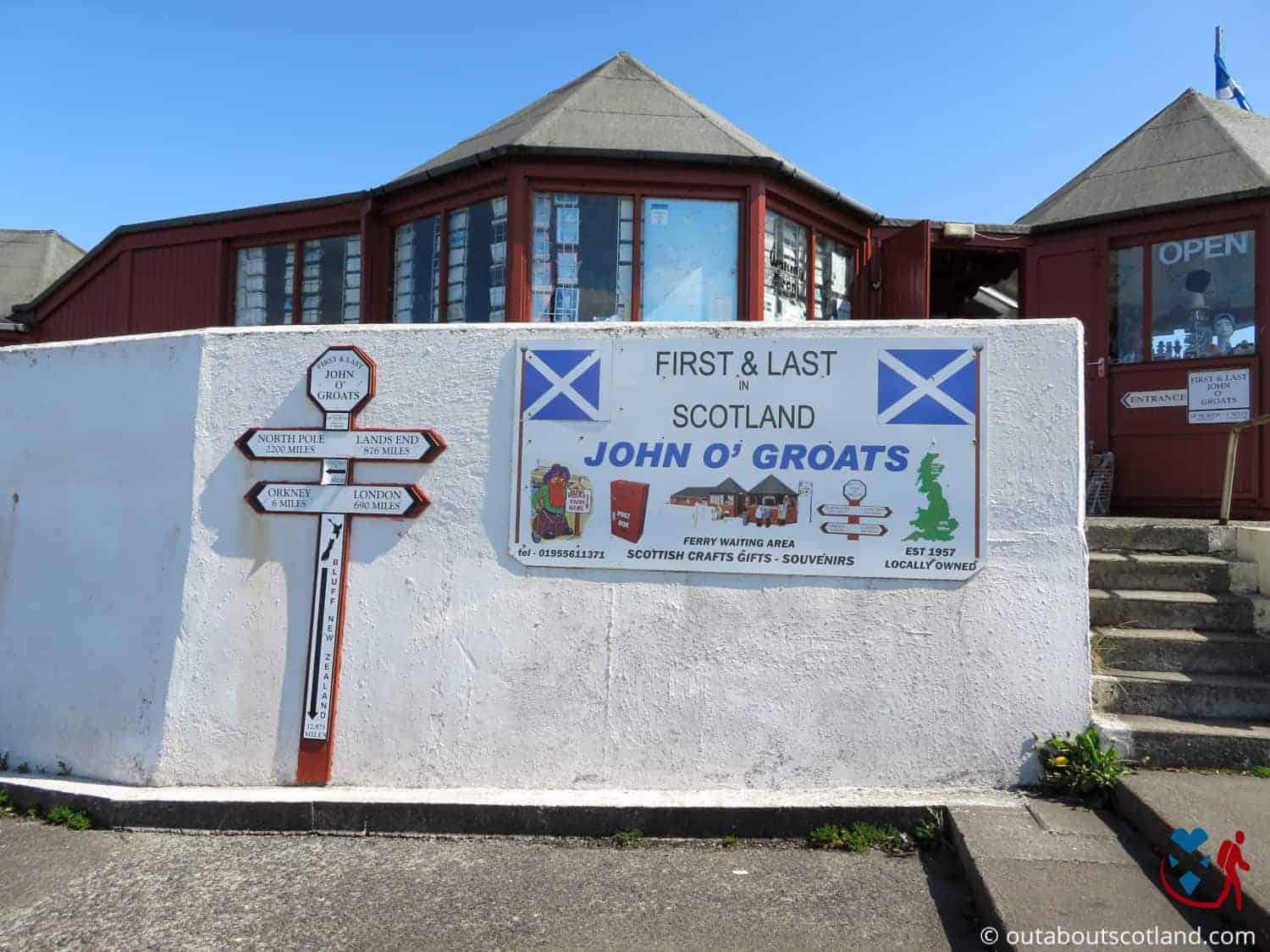
There are actually two parts to John O’Groats. The first is the village that’s slightly inland and is officially the most northerly inhabited settlement in mainland Britain, and the second is the End of the Road harbour area where you’ll find the shops and cafés.
While there isn’t a huge amount to see in the village (unless you need a post office or want to stock up on eggs from the grocery store), you’ll find a few things to do in the harbour area. The site features an art gallery, a snack van, a couple of places to eat, and a gift shop with all the Scottish-themed t-shirts, pens, and tea towels you could ever wish for.
Nearby, you’ll find a tourist information point where you’ll be able to pick up a map of the area (useful for exploring the coastal trails) and the brightly coloured lodges of the John O’Groats Inn that have been restored as part of a multi-million-pound regeneration. And of course, standing proudly in the middle of all this is the gleaming white signpost pointing towards locations around the world, along with their distances.
It’s a bit of a shame, then, that the true most northerly point of Britain is actually located 15 miles around the coast at Dunnet Head!
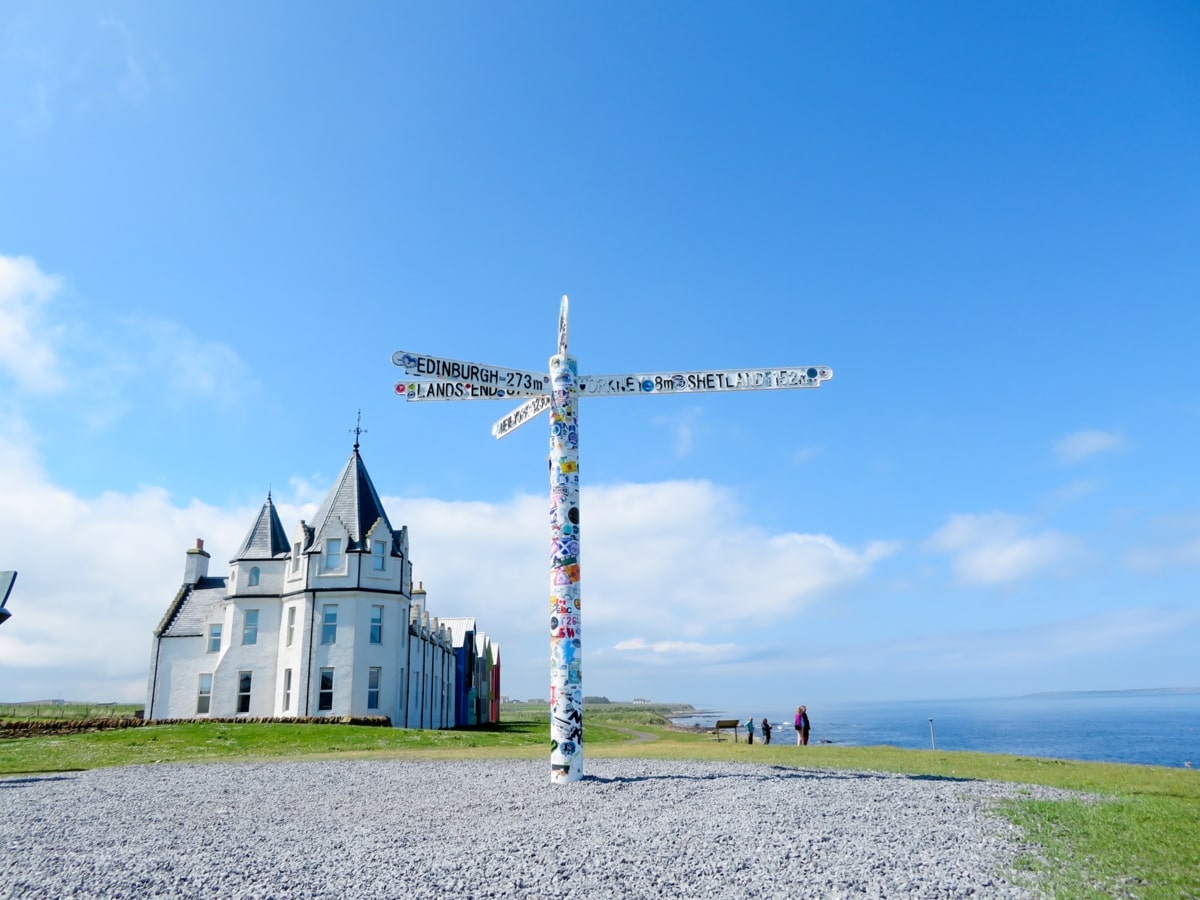
Book Tours in Scotland
The Highlights
1: John O’Groats is renowned for its breathtaking coastal scenery which includes rugged cliffs, sandy beaches, and a rich variety of marine wildlife. It’s a particularly popular spot for bird watching as the area is home to species such as puffins, gannets, and razorbills.
2: For many travellers, John O’Groats represents the start or end point of an epic journey across the length of Great Britain. It is often paired with Land’s End in Cornwall, the most southwesterly point of mainland Britain, as part of the famous ‘End to End’ challenge.
3: John o’ Groats is a gateway to the Orkney Islands, with ferries regularly departing from the village to South Ronaldsay in Orkney. This makes it an ideal spot for visitors planning to explore the archipelago’s Neolithic sites, World War II history, and unique culture. The ferry journey also offers the chance to spot marine life such as seals, dolphins, and whales during the crossing.
Visiting Tips
1: Take a walk to Duncansby Head while you’re at John O’Groats. This article – Duncansby Head – will help you make the most of your visit.
2: The signpost is horrendously busy at midday, so it’s virtually impossible to take a photo without people getting in the way. Try in the early morning or early evening when the attraction is opening and closing for uninterrupted photos.
3: Want to look for orcas? Head to Duncansby Lighthouse as it offers elevated views of the sea from the car park.
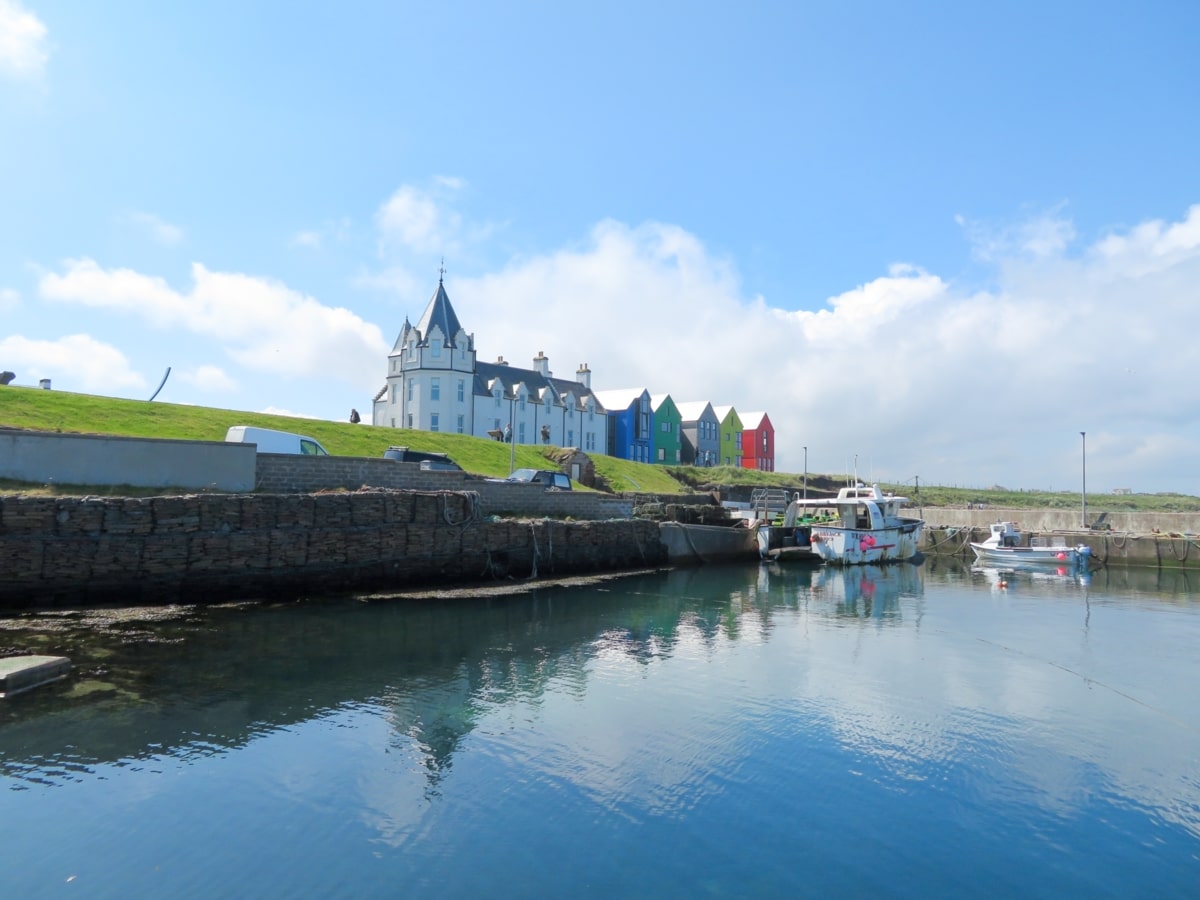
Protect Your Family From Scotland's Biting Midges
- Powerful, reliable protection for up to 8 hours
- Water- and sweat resistant
- Repels midges, mosquitoes, horse flies, sand flies, fleas and ticks
- Safe for use on adults, children over 30 months and pregnant women
- Non-sticky, moisturising with a pleasant fragrance
- Packaging may vary
Tourist Information
As already mentioned, I wouldn’t bother visiting the village unless you need some shopping, but the visitor centre should keep you occupied for an hour or so. Bonus points go to the site owners for offering free car parking (unlike its southern counterpart at Lands End) and free photos of the signpost (again, unlike Lands End).
One of the main highlights is the octagonal gift shop that was designed in commemoration of the man whom the place is named after, Jan de Groot. Originally from Holland, Jan de Groot settled in this part of Scotland in the 1400s, where he ran a successful ferry business carrying people and livestock from the mainland to Orkney.
As his family grew, his seven sons began fighting over who should become the next head of the family, so in a clever attempt to stop the in-fighting, he built an octagonal house with eight doors and an eight-sided table. The story goes that each son would enter the house via his own door and take a seat at the octagonal table, which meant none of them could ever be the head of the table.
It’s not by coincidence that the gift shop is also octagonal, as it’s located close to the John O’Groats House Hotel which is believed to be the original location of the de Groot family home, although it now provides modern luxury lodging with panoramic views of the isles of Stroma and Orkney.
In a way, the de Groot family business continues to this day because you can still catch a ferry to the Orkney Islands from the harbour, although I’m guessing the modern diesel-engine ferry crossing of 40 minutes is considerably faster than Jan de Groot’s wind-powered boat.
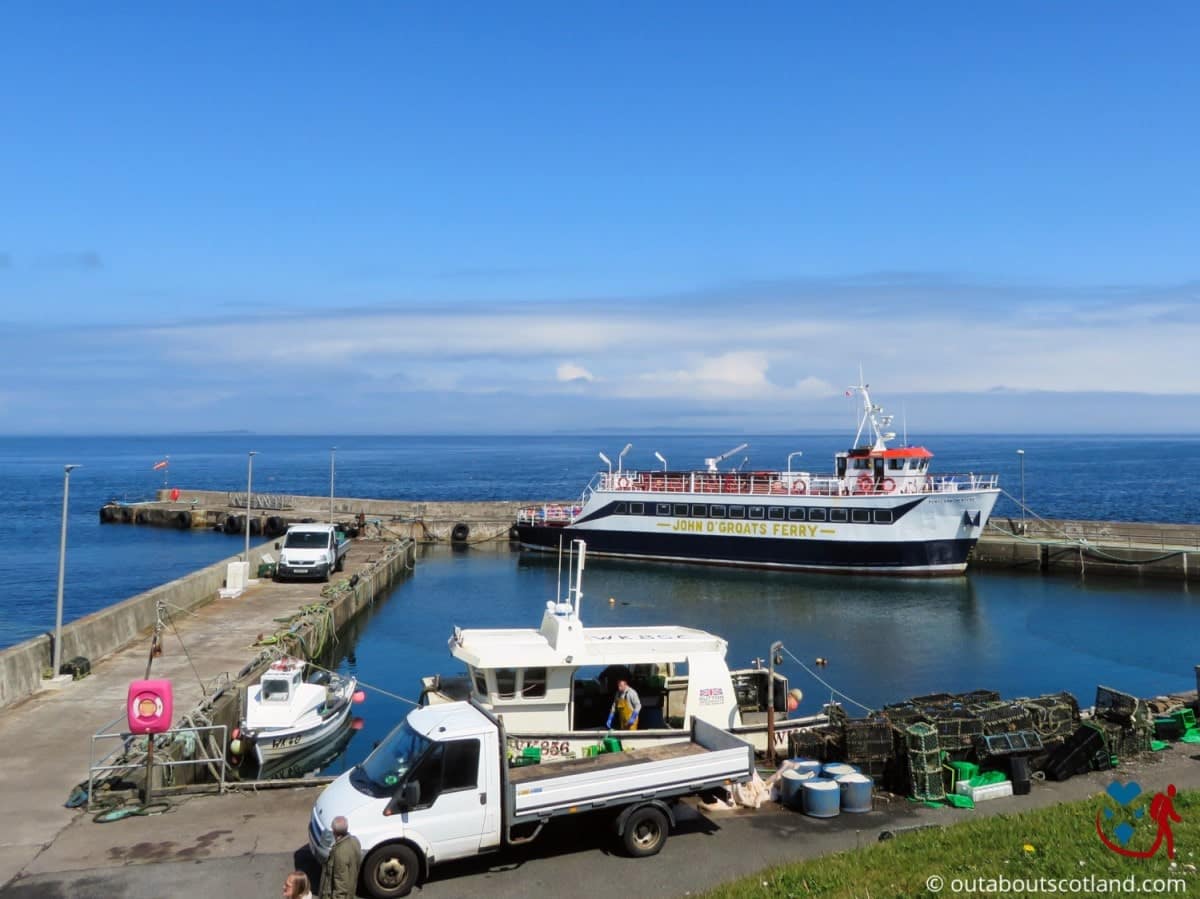
If you’re not intending to take the ferry, then one recommendation I have is to pop inside the John O’Groats Gallery and take a look at the arts and crafts made by local artists. There’s also a decent café with outside seating, and there’s another coffee shop and a snack van near the ferry jetty which is ideal for grabbing snacks to eat on the harbour wall.
From the harbour, there are walking trails heading both east and west, but in my opinion, the best option is heading west towards the Duncansby Stacks. It’s an easy walk that takes you across rolling fields to Duncansby Head with its historic lighthouse and an impressive gorge that’s a favourite nesting site for seabirds.
You might be lucky enough to see Atlantic puffins during their May-July breeding season, and you’ll be able to see guillemots, razorbills, and fulmars throughout the year, as well as grey seals, sea otters, and even the occasional orca. The coastline is truly stunning around John O’Groats, so I suggest making it your main priority, with the famous signpost relegated to just one last thing to see after an epic walk.
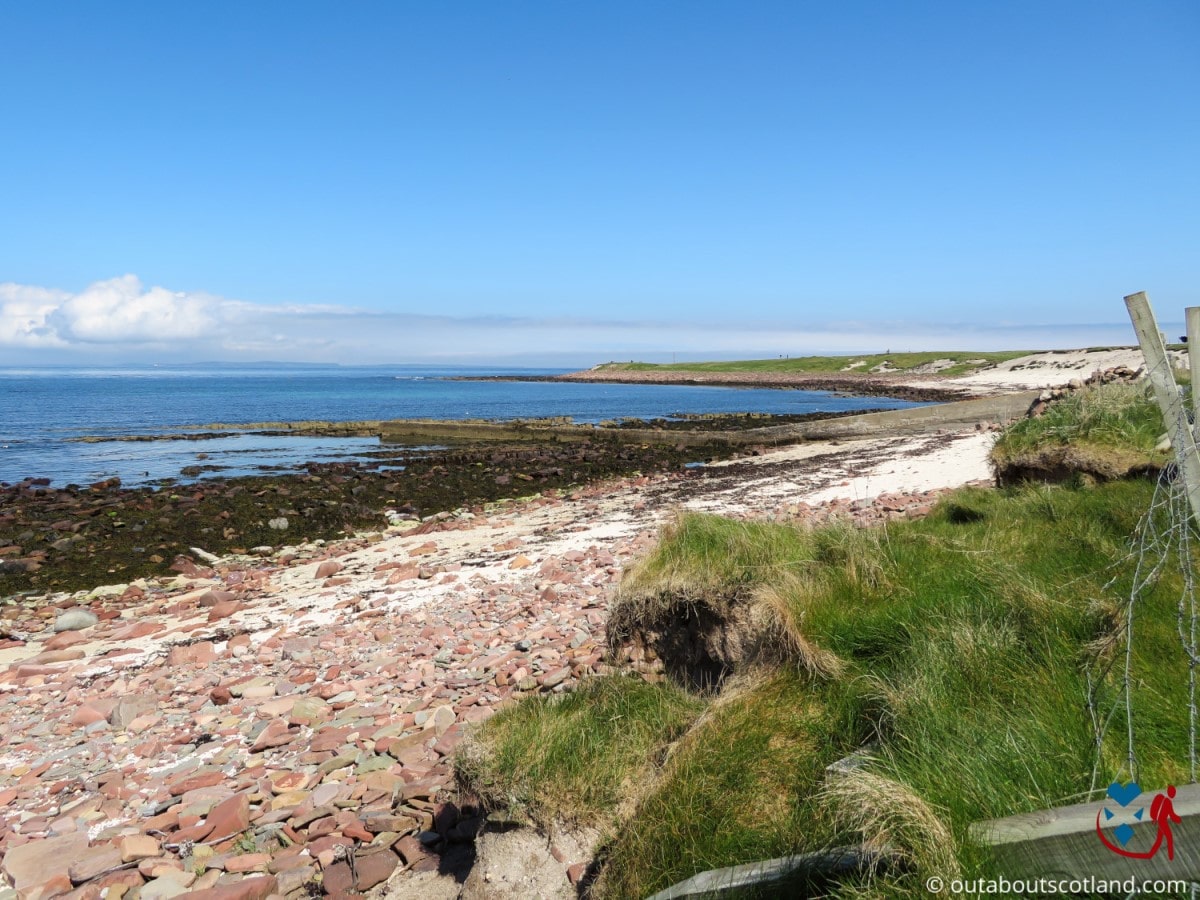
Things to Do
Hop onboard the John O’Groats Ferry: Embark on a journey across the sea on the John O’Groats Ferry. The ferry offers a unique perspective of the Caithness coastline as well as an opportunity to spot seals, dolphins, and various sea birds in their natural habitat.
Visit the John O’Groats Gallery. This gallery is a treasure trove of local arts and crafts. Pick up a memento of your visit, including furniture made from driftwood and handmade pieces of decorative glass.
Take a Stroll on Duncansby Head: Just a short walk from John O’ Groats, Duncansby Head offers stunning views of the famous sea stacks that are home to countless seabirds. The jagged cliffs and the crashing waves create a dramatic and breathtaking landscape that’s a fantastic photo opportunity.
Visit the Puffin Croft Petting Farm: This family-friendly farm offers an opportunity to meet and feed a variety of animals, including goats, rabbits, and chickens. The farm shop sells a range of locally sourced products, and it’s easily walked from the signpost in just 10 minutes.
The Signpost: The famous John O’Groats signpost is one of Scotland’s most-photographed landmarks. Take a selfie in front of the post before exploring the visitor centre’s shops and restaurants.

Book Tours in Scotland
Things to Do Nearby
Duncansby Head. Wick, KW1 4YS. 7-minute drive.
A promontory that is within walking distance of John O’Groats and is officially the most northern part of Britain. There is a historic lighthouse with a visitor car park, and the trail to the impressive Duncansby Sea Stacks offers stunning clifftop walks.
Wick. Wick KW1 5EN. 24-minute drive.
One of the largest towns in Caithness, a hundred years ago it had one of the busiest herring fishing industries in the world. Today, many visitors use Wick as a base to explore the remote surrounding area. The town centre has modern conveniences such as food stores, restaurants, and petrol stations.
Castle and Gardens of Mey. Mey, Thurso, KW14 8XH, 14-minute drive.
A restored fortress overlooking the North Sea that features extensive grounds. The castle dates from the 16th century and was the home of the Queen Mother before opening to the public. There is a gift shop and a café on site.
Nybster. Nybster, Wick KW1 4XR. 12-minute drive.
A much-visited coastal region that has a variety of wildlife walks along the seafront where visitors can watch puffins, seals, and a variety of seabirds. There are also several brochs (ancient fortifications) in the area.
Bay of Sannick, Wick, KW1 4YS. 30-minute walk.
Picturesque bay with a golden sand beach that is an easy walk from John O’ Groats. The surrounding machair fields often have sheep in them; therefore, it’s not advisable to take dogs.
Frequently Asked Questions
Which Scottish city is closest to John O’Groats?
The Scottish city closest to John O’Groats is Inverness. It’s approximately a 2.5-hour drive south. Inverness is known for its historical sites, such as Inverness Castle and the mediaeval Church Street.
What is special about John O’Groats?
John O’ Groats is billed as the most northerly point in Britain and is twinned with Land’s End in Cornwall, which lies 867 miles to the south.
Why is it called John O’Groats?
John O’Groats is named after the Dutchman Jan de Groot, who settled in the area in the late 1400s and ran a successful ferry service between the mainland harbour and the Isle of Orkney.
Is there anything at John O’Groats?
John O’Groats has a large car park, gift shops, cafés serving hot food and drinks, and a hotel. There are extensive coastal walks, especially around the coastline to the east and the Duncansby Stacks.
The harbour at John O’ Groats has a number of pleasure cruises for wildlife spotting, as well as ferry sailings to Orkney. Visit the official website for updated information on available facilities.
Protect Your Family From Scotland's Biting Midges
- Powerful, reliable protection for up to 8 hours
- Water- and sweat resistant
- Repels midges, mosquitoes, horse flies, sand flies, fleas and ticks
- Safe for use on adults, children over 30 months and pregnant women
- Non-sticky, moisturising with a pleasant fragrance
- Packaging may vary



